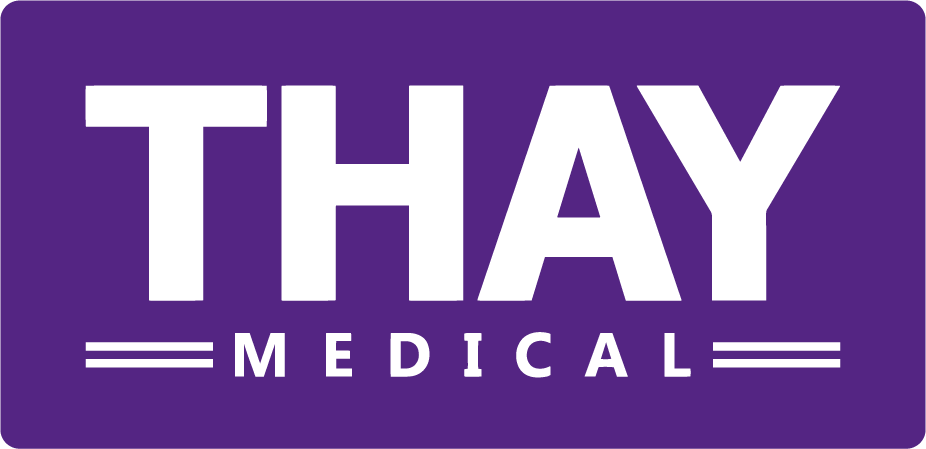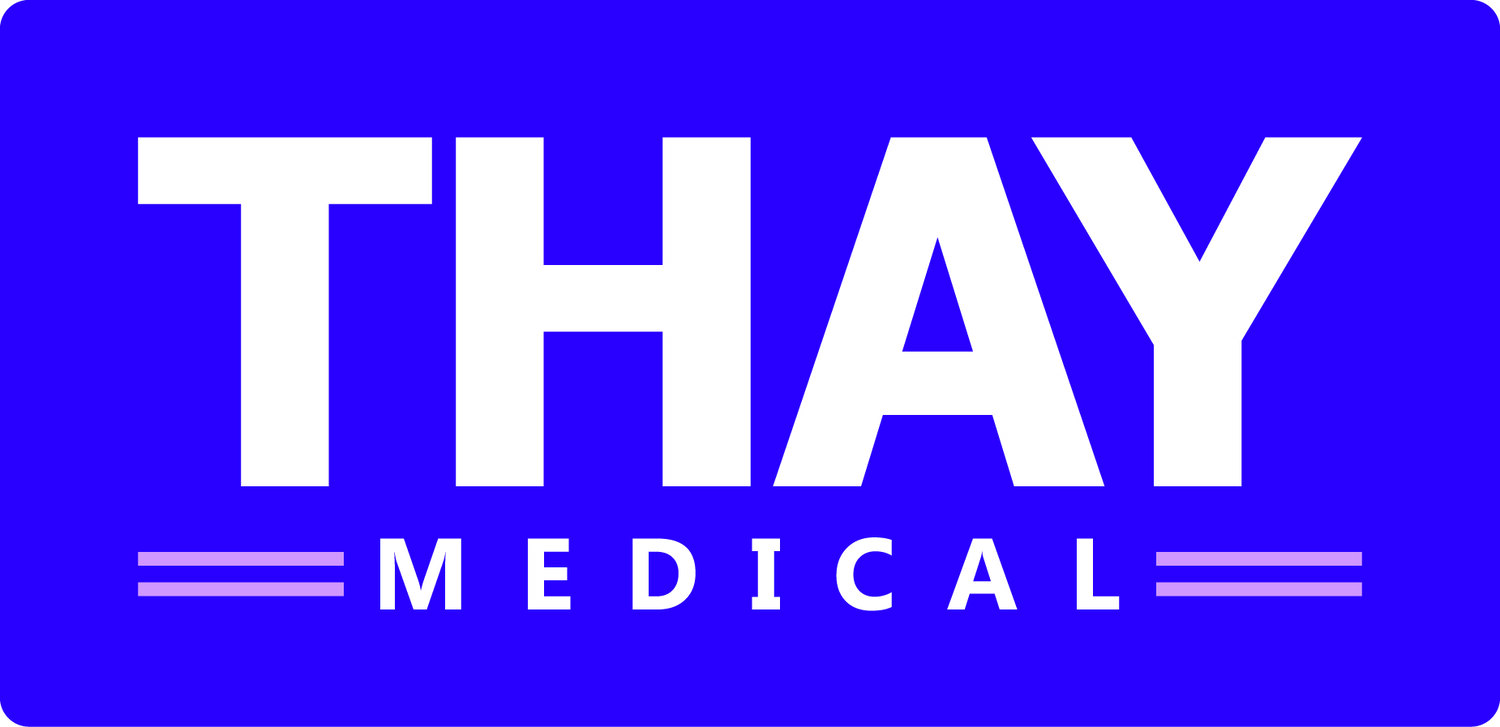MHRA Human factors and Usability Engineering Guidance
 It is encouraging to see that the UK based Medicines and Health Regulatory Authority (MHRA) are focusing on an area we know much about – human factors and usability engineering. Whilst this area of safety has been around for many years now, there has been a variance on what is acceptable to prove use safety and acceptable risk. The MHRA will have seen many medical devices and combination products and reviewed their safety, and whilst many are proven to be safe and effective, user interfaces and use safety can also be proven through other methods – for example through clinical evaluations.The MHRA have been wanting to harmonise and baseline what is good industry practice for a while, and since the US based Food and Drug Administration (FDA) revised their guidance earlier this year, it makes sense that the MHRA follow suit. Both of these guidances are based upon the revision of the usability engineering standard IEC EN 62366-1: 2015, which superceded the well-known usability engineering standard IEC ISO EN 62366: 2007. It was though the groundwork of CHI+MED (Computer-Human-Interaction for Medical Devices) that the drive for this guidance was recognised and focused upon by the MHRA.One area which this guidance does clarify is the role of drug-device combination products, where previous guidance has been mixed. The draft guidance states that non-refillable drug-device combination products – reusable or refillable devices, should be treated as separate medical devices. The appropriate level of human factors and usability engineering assessment should therefore be carried out in line with marketing authorisation submission requirements and to the requirements of Annex I of the European Medical Device Directive (MDD). The Essential Requirements of 93/42/EEC – one of the Medical Device Directives, for example, requires evidence of use safety, and so guided by documents such as this draft MHRA guidance (once released) and international regulatory standards, such as IEC 62366-1, medical devices and drug-device combination products can show why they are safe to use and usable.At the moment the MHRA guidance is at a draft status (as this blog post is written), with a comment period open until the beginning of August 2016. THAY Medical will be reviewing and commenting on this draft guidance since it is expected to become released guidance later this year. THAY Medical expects this level of guidance to become the standard in other European and global countries world-wide in time. We encourage anyone with time who is knowledgeable in this area to read the draft guidance and make comment upon its suitability and sustainability. After all, we all want regulatory control that is achievable, cost effective and that makes common sense.If you have any questions, please do not hesitate to contact THAY Medical. We would love to hear from you.The staff at THAY Medical
It is encouraging to see that the UK based Medicines and Health Regulatory Authority (MHRA) are focusing on an area we know much about – human factors and usability engineering. Whilst this area of safety has been around for many years now, there has been a variance on what is acceptable to prove use safety and acceptable risk. The MHRA will have seen many medical devices and combination products and reviewed their safety, and whilst many are proven to be safe and effective, user interfaces and use safety can also be proven through other methods – for example through clinical evaluations.The MHRA have been wanting to harmonise and baseline what is good industry practice for a while, and since the US based Food and Drug Administration (FDA) revised their guidance earlier this year, it makes sense that the MHRA follow suit. Both of these guidances are based upon the revision of the usability engineering standard IEC EN 62366-1: 2015, which superceded the well-known usability engineering standard IEC ISO EN 62366: 2007. It was though the groundwork of CHI+MED (Computer-Human-Interaction for Medical Devices) that the drive for this guidance was recognised and focused upon by the MHRA.One area which this guidance does clarify is the role of drug-device combination products, where previous guidance has been mixed. The draft guidance states that non-refillable drug-device combination products – reusable or refillable devices, should be treated as separate medical devices. The appropriate level of human factors and usability engineering assessment should therefore be carried out in line with marketing authorisation submission requirements and to the requirements of Annex I of the European Medical Device Directive (MDD). The Essential Requirements of 93/42/EEC – one of the Medical Device Directives, for example, requires evidence of use safety, and so guided by documents such as this draft MHRA guidance (once released) and international regulatory standards, such as IEC 62366-1, medical devices and drug-device combination products can show why they are safe to use and usable.At the moment the MHRA guidance is at a draft status (as this blog post is written), with a comment period open until the beginning of August 2016. THAY Medical will be reviewing and commenting on this draft guidance since it is expected to become released guidance later this year. THAY Medical expects this level of guidance to become the standard in other European and global countries world-wide in time. We encourage anyone with time who is knowledgeable in this area to read the draft guidance and make comment upon its suitability and sustainability. After all, we all want regulatory control that is achievable, cost effective and that makes common sense.If you have any questions, please do not hesitate to contact THAY Medical. We would love to hear from you.The staff at THAY Medical

